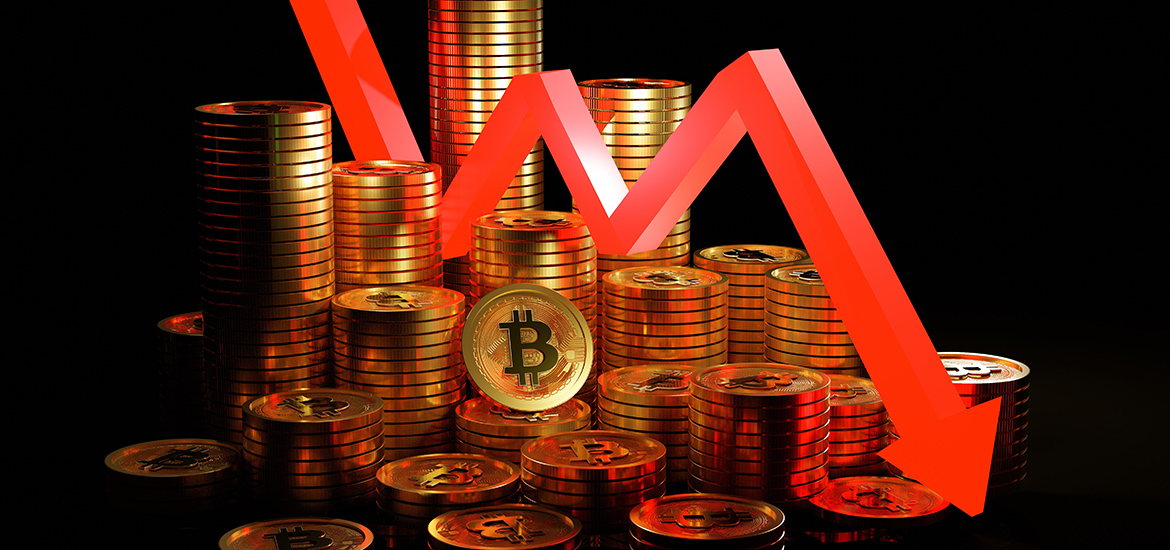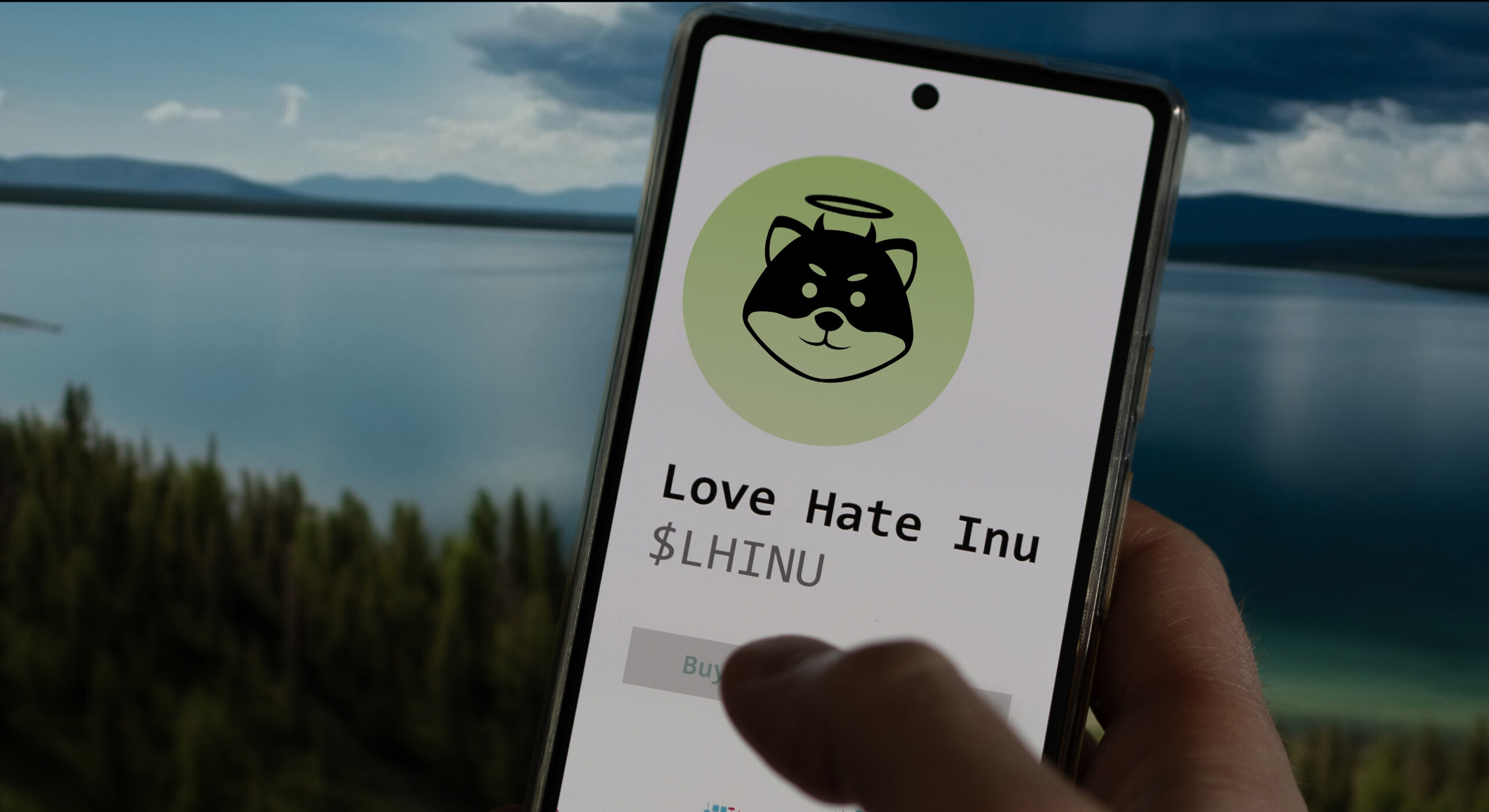Nuclear waste disposal is still a sensitive issue in Germany. It is estimated that more than 10,000 tonnes of radioactive waste will have been produced by the time the reactor is decommissioned. Consequently, the question is: Where to put it? The search is currently made more difficult by the corona pandemic, which like nuclear waste is a worldwide problem. The site assessment by the Federal Agency for Final Storage has collected and evaluated geological data from all over Germany. Areas that are potentially located in an earthquake or volcanic zone or are intensively used for mining were excluded. The sites that come into question are reduced step by step and the Bundestag ultimately votes on which one is most suitable.
The repository must be able to accommodate highly radioactive waste which will be produced in Germany from 2022 onwards after the nuclear phase-out. Most of it is spent fuel rods and residues from reprocessing. 1900 Castro containers are to be used for this purpose. A storage site is also to be found for medium to low-level waste. Up to now, the Konrad mine in Salzgitter has been considered. 30 states generate energy from nuclear power. Some have repositories for low- and medium-level waste, and there are also a few repositories for high-level waste in the USA, Russia and Belarus. But these do not meet today’s scientific requirements. A first repository, which is to meet the strict criteria, is being built in Finland. “Uncle” is a tunnel system under the island of Occlusion. This year, the operator should receive a licence for its use.










Leave A Comment
You must be logged in to post a comment.